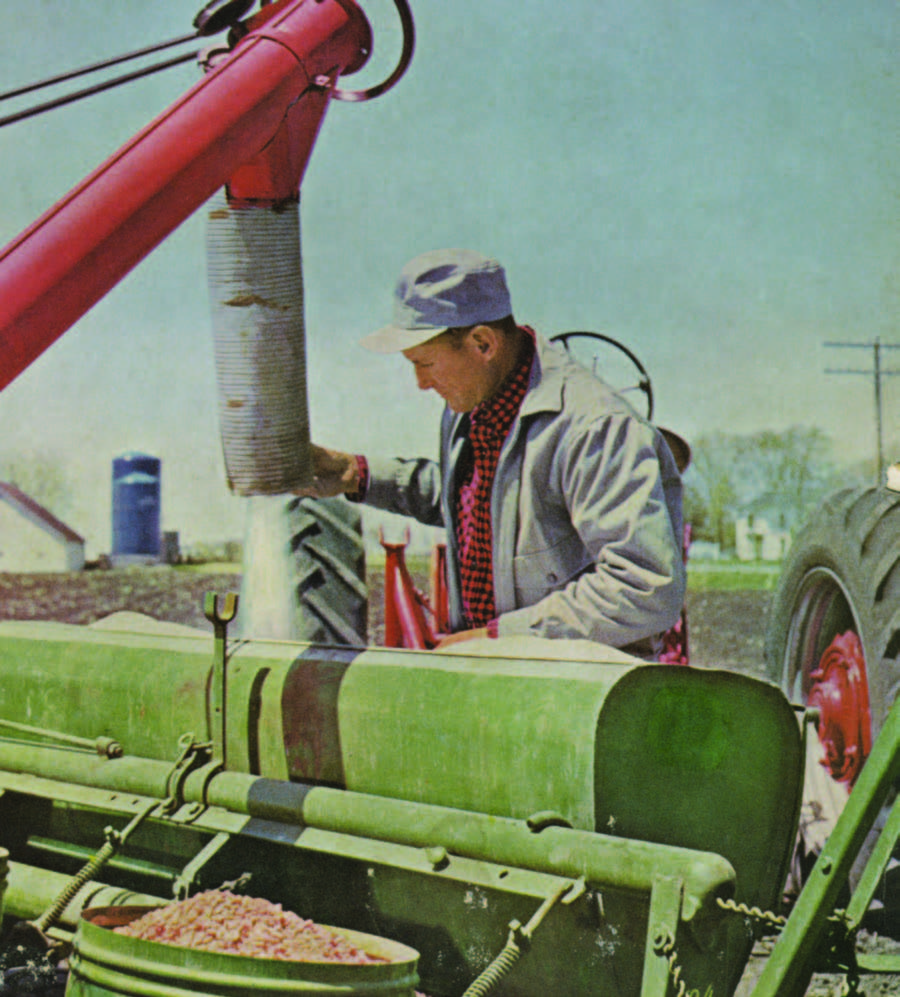Fertilizer starts with an “M”
Well, something like that. OK, at our place it did. I was accused of being a poor speller by my teachers in school. It made me feel dumb until I borrowed a Mac computer from a friend to write a paper for a class I was taking. It had spell checker! God bless the guy who invented that.
So it kind of made a full circle because my teachers could not teach me to spell but a machine did because I learned from the spell checker. There were a few problems—sometimes the spell checker did not recognize the misspelled word, so I would have to try various misspellings or try a synonym. Now I only have six or eight misspellings a page down from a high of 37. But that is not the real story…
When Dad got back from World War II and wanted to farm, tractors were in short supply. He stopped at a local dealer where he did business and asked to be placed on the waiting list to get an “M” International. He found an old John Deere “GP” and overhauled it to use while he waited…and waited. He went back and asked about the “M” and found that someone had forgotten to put him on the list. Problem corrected, so he waited some more.
In the meantime, he got rid of the “GP” and bought a “C” Allis. The “M” never came so after two years, he bought a “WD” Allis.
Manure was the original farm fertilizer. I remember listening to my grandpa talk about how he, grandma and the girls loaded the horse wagon with manure by hand, then drove out to the field and shoveled it off again by hand. GLOOM, DESPAIR AND MISERY! I cannot imagine facing even a small cattle or hog yard with a pitch fork and a horse drawn wagon.
Dad had a Duncan loader on his “WD” with one hydraulic cylinder that used a cable system to lift the bucket and a lever release to empty the bucket. His first spreader was ground driven. We never had enough manure to cover the farm when I was little. We concentrated the manure on the sandy soil. We rotated crops to try to keep the soil healthy. In the early ’60s, we got a Kelly Ryan PTO spreader and a Dual loader mounted on a “WC” Allis with double acting cylinders. Later Dad added power steering. We needed that equipment because our cattle, sheep and hog business had grown and we had yards to clean and ground to cover. Even so, we only covered 60 acres at best. I ran that loader so much that today, 55 years later, when I get on a loader, my instincts revert to the controls on that Dual.
Some of the early selling points of commercial fertilizer was that it was cheap, concentrated and had no weed seed. You could control the application and most farmers were convinced that there was enough organic matter in most soils without manure. Bacteria balance in the soil was not understood, neither was water management as related to organic matter. Few realized that 75 percent of the nutrients of the grain fed to livestock wound up in the manure. They knew that there was some feed value in manure because a few people put hogs in the feed lot with cattle to eat the corn or milo that passed through the cow into the manure. If you fed cattle Stybestoral (a hormone to stimulate weight gain), you couldn’t put brood sows in the cattle lot because they would abort their pigs. Feeder pigs were no problem.
Please pass the pork chops…
Later, when farmers started using liquid fertilizer as side dressing, Dad went to that same IH dealer (who never got the “M”) but now had liquid fertilizer and bought it from him. He was the go-to guy in the local community for liquid fertilizer. Shortly after that, my brother and I found a different supplier. We appealed to Dad to change suppliers and go to NH3.
Deaf ear!
So next year, we went through that again and called a family meeting. Better planning and some research this time allowed us to buy NH3 in a different town for half the price, two cents per pound vs. four cents. (Don’t you wish you could buy at that price now?) My brother and I reasoned that since we were paying half the money, we could put on two times the amount. It was a budget thing in our minds.
For a while, we almost lost our happy home. Dad feared that we had burned the crop. One hundred pounds of nitrogen per acre was way too much, as Dad saw it. He wanted 35 pounds an acre. Thank God, it rained enough and the crop was good. It was interesting that the following year, you could see the side dressing trenches because the oats were six inches taller there and bright green. Based on that, I think that the soil was much more starved for nitrogen than we had realized.
Unknown to us and many others was how many things were missing in the soil that could boost crop production. That would take a few years to connect with the producers.
About that time, we bought a new planter and added the use of dry starter fertilizer on the corn crop at planting. We used 10 10-10 or something similar. Micro nutrients were unheard of in the fertilizer business at that time. Many people used the ear test to determine if the crop was short of nutrients. Various disfigurements of that ear showed the shortages. The only problem with that—it was about a year too late. Having a wagon load of misshaped ears behind the picker was not very exciting. Soil tests became popular shortly after that.





